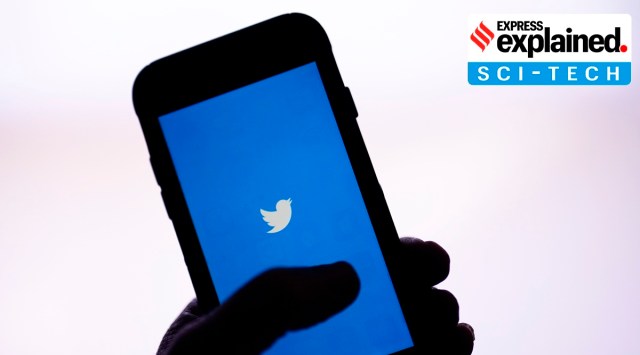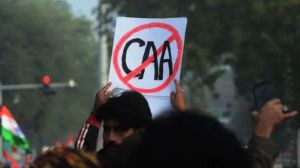Twitter’s new CEO Elon Musk had earlier said that from April 1, the company will start removing ‘legacy’ verified checkmarks from accounts that do not subscribe to Twitter Blue, the platform’s subscription service introduced last year that essentially allows users to buy a verification mark.

Individual users must buy a subscription to Twitter’s Blue service, which costs $8 a month, to obtain the badge. Businesses that are currently unverified will have to pay $1,000 a month if they want a gold check mark verifying their account. It was announced in March this year that users in India will have to pay Rs 900 per month for a monthly subscription, which would give them the Blue verified badge.
Story continues below this ad
The subscription costs less on the web and is priced at Rs 650 per month. Twitter is offering an annual subscription on the web as well in India, which costs Rs 6800 per year or Rs 566 per month approximately.
Why was the New York Times’ verification on Twitter removed?
It appears the Times lost its gold verification check sometime between Saturday night and early Sunday morning, a removal that may have occurred in response to a meme that was tweeted at Elon Musk. The publisher’s account has more than 55 million followers.
An account shared a meme which said that the outlet has announced it will not pay for Twitter Blue, in response to which, Musk tweeted, “Oh ok, we will take it off then”. In another tweet which Musk later deleted he said that there would be a “grace” period of a few weeks before the non-paying checks were removed, “unless they tell they won’t pay now.”
“We aren’t planning to pay the monthly fee for check mark status for our institutional Twitter accounts,” a New York Times spokesperson said in a statement. “We also will not reimburse reporters for Twitter Blue for personal accounts, except in rare instances where this status would be essential for reporting purposes.”
Story continues below this ad
To be sure, only NYT’s official twitter account had lost its verification badge as of now, while other parts of the media organisation, like its Arts section and Opinion section, still have their blue or gold checks.
Who else won’t pay for Twitter’s verification?
The New York Times is not the only publisher that has announced not paying for Twitter’s verification. The Washington Post, CNN, and the Los Angeles Times are among the major publishers that have decided the same. Not just publishers, but even the US White House will not pay to have its staff’s official Twitter profiles verified. Celebrities like Lebron James have also said they will not pay for Twitter verification.
The Washington Post said it “will not pay for Twitter Blue service as an institution or on behalf of our journalists” because “it’s evident that verified checkmarks no longer represent authority and expertise”.
Sara Yasin, managing editor of the Los Angeles Times, wrote in an internal memo that the company wasn’t planning to pay for Twitter Blue subscriptions for staff for the time being, noting that the site was “not as reliable as it once was” and that being verified “no longer establishes authority or credibility.”
Story continues below this ad
“We will not be paying to verify our organisation on Twitter either,” Yasin continued. “It’s still unclear if there’s actual value in doing so, beyond identifying all of us as LA Times staffers.”
What does the change in verification mean for Twitter users?
Last week, Twitter released a part of its platform’s code, which according to some researchers revealed prioritised content posted by Twitter Blue users. This means that individuals who choose not to pay for Twitter Blue could become less visible on the site.
It may also become harder for most users to tell real people from fake accounts. If check marks are removed from the accounts of celebrities who are unwilling to pay for Blue, for example, it could become difficult to distinguish their accounts from impersonators.
Should you pay for Twitter Blue?
While bigger brands and major celebrities can still get their content noticed on the platform owing to the sheer size of their followers, smaller businesses that use Twitter to market their services and want their content to reach broader audiences could end up paying for the service essentially as an advertising expense.
Story continues below this ad
According to a report by The Information, around 180,000 people in the US were paying for subscriptions to Twitter, including Twitter Blue, as of mid-January, or less than 0.2 per cent of monthly active users.








































